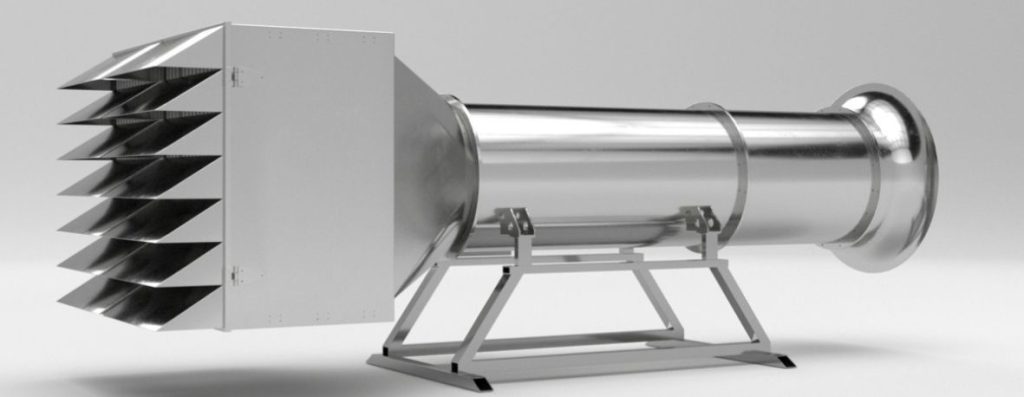Good practice statement UFP
The GDG formulated good practice statements on UFP* to guide national, regional authorities and research towards measures to reduce ambient ultrafine particle concentrations.
* Source: WHO, download PDF
- Quantify ambient UFP in terms of particle number concentration (PNC) for a size range with a lower limit of 10 nm and no restriction on the upper limit.
- Expand the common air quality monitoring strategy by integration of UFP monitoring into existing air quality monitoring. Include size-segregated real-time PNC measurements at selected air monitoring stations in addition to, and simultaneously with, other airborne pollutants and characteristics of PM.
- Distinguish between low and high PNC to guide decisions on the priorities of UFP source emission control. Low PNC can be considered <1000 particles/cm3 (24-hour mean). High PNC can be considered >10 000 particles/cm3 (24-hour mean) or 20.000 particles/cm3 (1-hour).
Would you like to know what an average PNC is at Schiphol airport?
At Schiphol airport, we find far over 200.000 particles per CM3! That’s why they invest in our patented technology. Read the Schiphol press statement.
Clean Air in One Take!
Maximum improvement in one take is more economical and more environmental friendly in terms of carbon footprint by energy consumption. The Cirqulair will clean air in just one take. No other supplier can level this result.

The removal of the filter section only needs to be done every 42 months. When you compare this with other suppliers where a change is needed from 1 month to a maximum of maybe 6 months.
5 different groups of dust
- Group 1 – Big dust, everything bigger than 10 micrometers
- Group 2 – Fine dust smaller than 10 micrometers but bigger than 2,5 micrometers
- Group 3 – MPPS dust smaller than 2,5 micrometers but bigger than 0,1 micrometer
- Group 4 – Ultrafine dust smaller than 0,1 micrometer (100 nanometer) but bigger than 1 nanometer
- Group 5 – Picodust everything smaller than 1 nanometer.
What is the Cirqulair efficiency?
- Group 1: 100%
- Group 2: 100%
- Group 3: 100%
- Group 4: 99.99999997%
- Group 5: above 99%
Group 5 mostly contains gasses like VOC’s, PAK’s, NOx, SOx, NH3, H2S etcetera.
Check out the efficiency report here.
A Cirqulair unit can be made for any kind of ambient air pollution!

